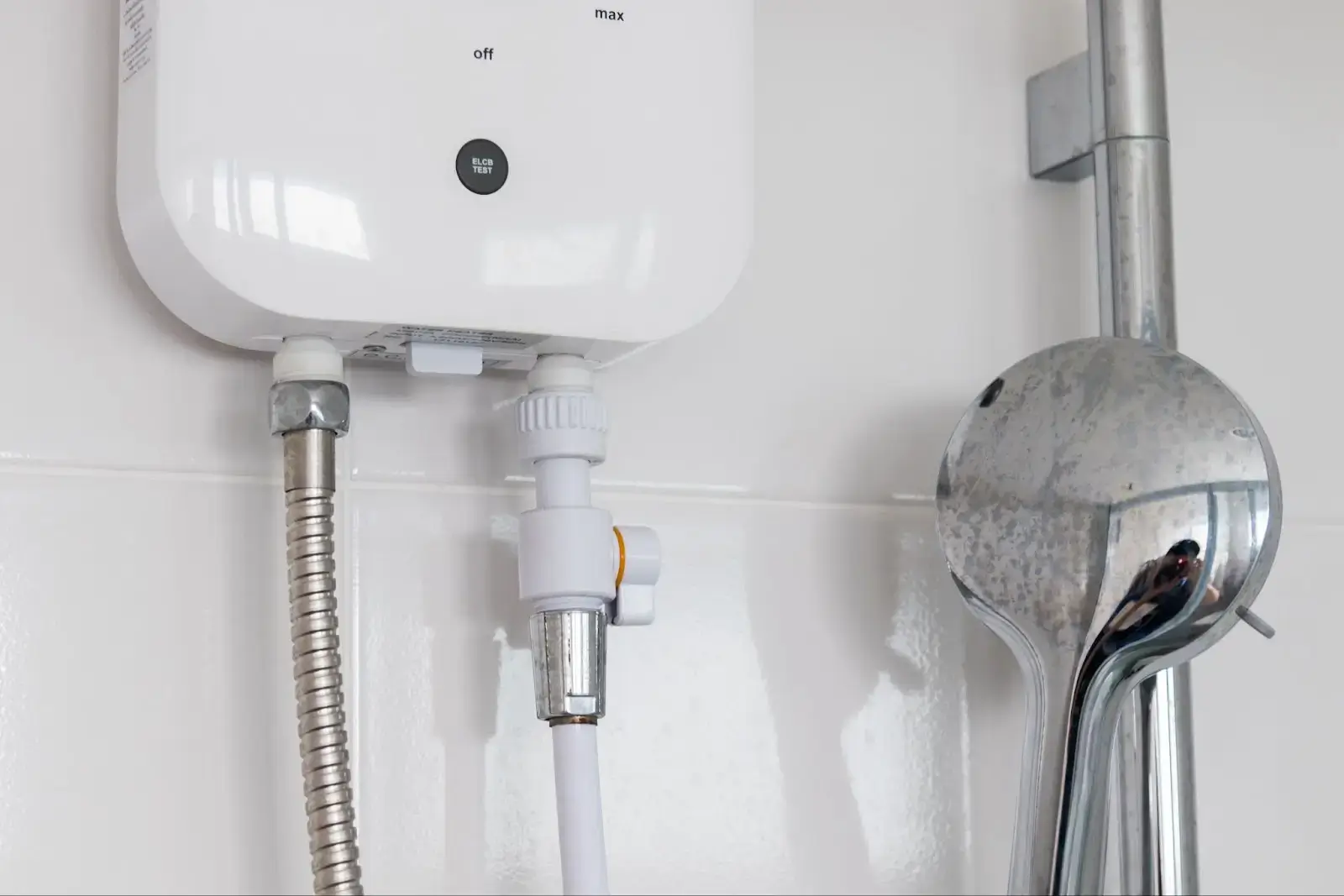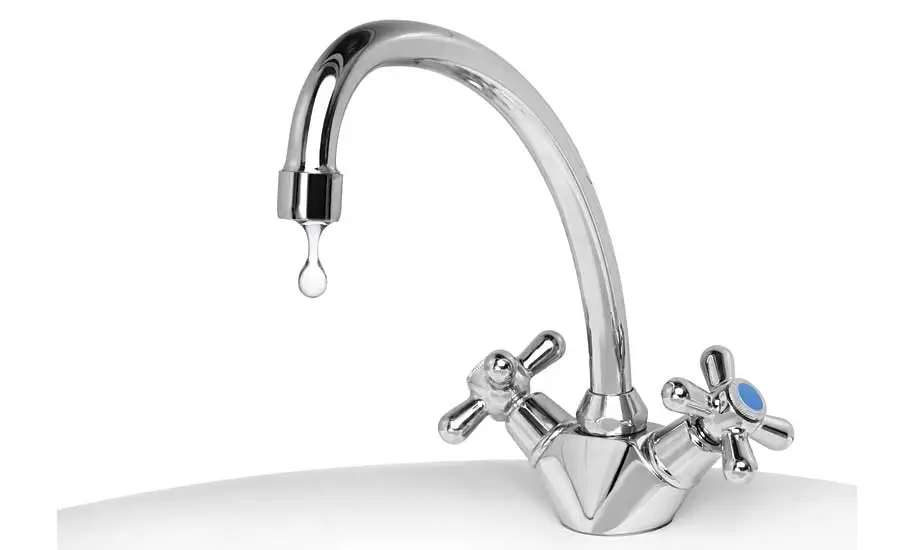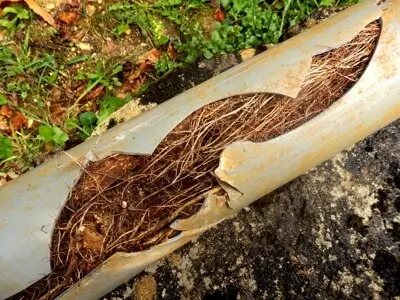The ductless mini-split system has rapidly become a favorite for homeowners seeking efficient temperature control. Its compact design and powerful performance make it a top choice, but, as with any household appliance, it thrives on regular upkeep.
Think of it this way: just as a garden flourishes with consistent care, your mini-split needs attention to deliver its best. If you’ve invested in this modern comfort solution, it's crucial to understand how to maintain it.
Dive in with us as we explore the essentials of keeping your system in tip-top shape, ensuring lasting efficiency and longevity.
Steps in Maintaining Your Ductless Mini-Split
When properly maintained, a ductless mini-split can serve your home for years, providing consistent, efficient heating and cooling. Whether you're a newbie to this technology or just need a comprehensive refresher, these steps will guide you to optimal system performance:
- Filter Care and Replacement
- Outdoor Unit Maintenance
- Clean and Check Indoor Units
- Check Remote Control and Settings
- Inspect Drainage Lines
- Professional Check-ups
Filter Care and Replacement
The filter of your ductless mini-split doesn't just screen out unwanted particles—it's integral to the overall performance and lifespan of your system. Just as our lungs need clean air to breathe, your mini-split needs a clean filter to function optimally. Here's a more detailed breakdown:
Understanding the Filter's Role:
- Beyond just trapping dust or pollen, the filter plays a pivotal role in ensuring energy efficiency. A clogged or dirty filter makes the system work harder, consuming more energy and potentially reducing the unit's life.
- The cleaner the filter, the purer the air. Regular maintenance ensures a healthier indoor environment free from potential allergens and contaminants.
Monthly Cleaning Ritual:
- Dedicate a day each month for filter inspection. Over time, you'll be surprised at the amount of dirt and debris it can collect.
- To clean, first switch off and unplug the unit for safety. Gently slide out the filter.
- Use a soft brush to sweep away accumulated dirt. For deeper cleaning, employ a vacuum cleaner with a brush attachment.
- If your filter appears exceptionally dirty, it's okay to rinse it under lukewarm water. However, water should be a last-resort cleaning method. Always ensure the filter is thoroughly dried before placing it back to prevent mold growth.
Knowing When to Replace:
- Cleaning can only go so far. Over time, the filter's mesh can wear out, reducing its effectiveness.
- As a general rule of thumb, consider replacing your filter between 6-12 months. However, always consult the manufacturer's guidelines as some high-efficiency filters might have a different lifespan.
- Remember: a new filter not only ensures clean air but also optimizes the airflow, enabling the system to function efficiently and reducing wear on the machine.
Taking meticulous care of your mini-split's filter can lead to noticeable improvements in both air quality and system efficiency. Consider it a small investment for a long-term gain.
Outdoor Unit Maintenance
While the indoor component of your ductless mini-split system often gets the most attention, the outdoor unit is equally crucial. This external counterpart, responsible for expelling heat and drawing in fresh air, faces the relentless onslaught of nature, be it scorching sun, heavy rain, or falling leaves. Here's a deeper dive into caring for your outdoor unit:
Creating a Safe Perimeter:
- The area around your outdoor unit should never be an afterthought. It's essential to maintain a buffer zone, preferably of 24 inches or more on all sides. This space ensures that the unit can pull in and expel air efficiently, without straining the system.
- While it might be tempting to use this space for storage or plant closely for aesthetic reasons, resist the urge. Any obstruction can hinder performance and lead to increased energy consumption.
Routine Cleanup:
- Nature is unpredictable. Over time, your outdoor unit can become a repository for all sorts of debris: leaves from overhead trees, twigs brought in by winds, or even grass clippings from your recent lawn mowing session.
- At least once a week, or after any major weather event, do a quick visual check. Remove any visible debris by hand or with a soft brush. This small act can go a long way in ensuring optimal functionality.
Conducting Regular Inspections:
- Beyond just debris, pay attention to the unit's physical condition. Look out for signs of wear and tear, rust, or any visible damage.
- Any pooling of water or unusual noises should also be noted, as these could indicate internal issues.
- While minor surface rust or discoloration might not be immediate threats, they can be early indicators of potential problems. Addressing these in their infancy can prevent more substantial, often more expensive, issues down the road.
In essence, the outdoor unit, although ruggedly designed, needs a bit of tender loving care. With regular checks and timely interventions, you can ensure it stands the test of time, providing you with efficient cooling or heating, season after season.
Clean and Check Indoor Units
The indoor units of your ductless mini-split system aren't just functional entities; they're integral to the room's aesthetic and air quality. While their sleek design might camouflage them into the decor, they shouldn't fade into neglect. Here's a comprehensive guide to ensuring they remain pristine and perform flawlessly:
Regular Dusting and Cleaning:
- Despite their elevated position on walls, indoor units are not immune to dust and other airborne particles. These particles, albeit invisible to the naked eye initially, can accumulate over time, diminishing the unit's appearance and even its efficiency.
- Every couple of weeks, make it a point to wipe down the unit's exterior. Using a soft, damp cloth ensures you remove the dust without scratching the surface or introducing excess moisture. Remember, always wring out the cloth well; it should be damp, not wet.
Assessing Alignment and Stability:
- While the mini-split's mounts are designed for durability, life happens. The house might settle, accidental bumps could occur, or wear and tear might set in. These factors can lead to the unit becoming misaligned over time.
- Periodically, do a visual check to ensure the unit sits level on the wall. An uneven unit isn't just an aesthetic concern; it can lead to operational issues. Water from the unit's condensation process is designed to drain away smoothly, but a tilted unit can disrupt this flow, potentially causing water leakage or pooling.
- If you notice any unevenness or movement in the unit, consider consulting a professional. They can adjust the mounts, ensuring the unit remains stable and drainage remains unhindered.
Nurturing the indoor unit with these simple, regular checks doesn't just maintain its aesthetic appeal. It ensures that the unit continues to operate at its peak, offering you the comfort and efficiency you've come to expect.
Check Remote Control and Settings
Your ductless mini-split system, with its array of functionalities, is as sophisticated as it is efficient. At the heart of this system is the remote control, which serves as the bridge between you and your comfort preferences. Like any other instrument, it demands attention and a bit of regular upkeep.
Here's your guide to ensuring the remote and your system settings are always in sync and at their best:
Remote Functionality Checks:
- With the myriad of buttons and settings on your remote, it's easy to set it and forget it. However, regular checks are essential. Periodically, navigate through all the functions on your remote, ensuring each button triggers the intended action. This helps catch glitches early on.
- It might also be beneficial to clean the remote's surface occasionally, as daily handling can introduce dirt and grime, which might affect button responsiveness.
Battery Vigilance
- Nothing halts comfort faster than a remote control that's out of juice. Make it a practice to replace the batteries periodically. Even if they aren’t completely drained, older batteries can leak, causing damage to the remote's internal components.
- Additionally, do a quick visual check of the battery compartment for any signs of rust, damage, or leakage. These can be early indicators of potential problems.
Seasonal Settings Review
- As the earth orbits the sun and seasons transition, so do our comfort needs. What's cozy in winter might be stifling in summer. Hence, it's prudent to review your mini-split system's settings as seasons change.
- Periodically evaluate the temperature settings, timer functions, and modes. Adjust them to reflect the current season's needs and your own comfort preferences. For instance, as winter wanes and spring approaches, you might prefer a slight uptick in ventilation or a change in the timer settings to capitalize on the longer daylight hours.
Staying in command of your remote and settings ensures you're not just reacting to the system, but actively shaping the comfort narrative of your space. With these checks, you're not only optimizing your system's performance but also maximizing your home's comfort quotient.
Inspect Drainage Lines
The unsung heroes of your ductless mini-split system are undoubtedly the drainage lines. While they may seem inconspicuous, their role is pivotal. They whisk away condensation from your unit, ensuring that the excess water doesn't become a potential threat in the form of water damage or mold infestations.
Understanding the Importance:
- The drainage system is integral to maintaining a dry and healthy indoor environment. In the cooling mode, especially during humid periods, your mini-split can produce a considerable amount of condensation. This water needs a safe exit route, which the drainage lines provide.
Regular Visual Checks:
- Make it a routine to inspect the visible part of these lines. Look for any signs of water pooling or moisture around them. This could be indicative of a blockage or a leak in the system.
- Notice the consistency of water flow during operation, especially on humid days. A steady trickle is normal. However, an inconsistent or absent flow might signal blockages.
Cleaning the Lines:
- If you suspect a blockage or see signs of water backup, it's time to gently clean the lines.
- You can use a mild cleaning solution or white vinegar to flush the lines. This not only helps clear potential clogs but can also combat any mold or bacterial growth inside the lines.
- Remember to always turn off your system before attempting any cleaning.
Staying Proactive:
- Consider setting a reminder every few months to inspect these lines, especially during high-humidity seasons. Proactive maintenance is always better than reactive repairs.
By ensuring your drainage lines remain unobstructed and in good working order, you're not just prolonging the efficiency of your system but also safeguarding the structural integrity of your home and the health of its inhabitants.
Professional Check-ups
Your ductless mini-split system, much like a car or any sophisticated equipment, thrives on a mix of DIY care and expert attention. While regular personal maintenance ensures the system runs smoothly on a day-to-day basis, it's the discerning eye of a professional that catches the subtle nuances indicative of potential problems.
Unearthing the Unseen:
- DIY maintenance, while crucial, can only go so far. There are intricate parts of your system, hidden from plain sight, that only a trained technician would know to inspect. This includes inner components, wiring, and connections.
Ensuring Optimal Refrigerant Levels:
- The refrigerant is the lifeblood of your mini-split, enabling it to cool and heat as needed. Over time, levels might deplete or there could be minor leaks. A professional can assess if the refrigerant level is optimal and safely refill it if required.
Comprehensive System Health Check:
- Beyond just a superficial look, a technician conducts a holistic health check of your system. This includes testing for efficiency, ensuring electrical components are safe, and calibrating settings for best performance.
Preventive Measures:
- One of the most significant benefits of professional check-ups is the preemptive identification of potential problems. By catching issues early on, you can avoid more extensive (and often expensive) repairs in the future. The technician can also provide tailored advice on how to optimize the system based on your unique usage patterns and environment.
Staying Updated:
- With technology constantly evolving, your technician can keep you informed about any new updates, features, or best practices relevant to your system.
Think of your annual professional check-up as a wellness exam for your mini-split. It’s an investment that ensures longevity, efficiency, and peace of mind. With experts like those on your side, you can rest assured your system is in the best possible shape.
By dedicating a little time to these maintenance steps, you'll ensure that your ductless mini-split operates efficiently, provides optimal indoor comfort, and has an extended lifespan. Remember, consistent care is the key to harnessing the full potential of your system.
Your Mini-Split Deserves the Best
There you have it – a comprehensive guide on maintaining the vitality of your ductless mini-split system. While hands-on care can make a world of difference, remember that professional assistance goes a long way in securing your system's longevity and ensuring it delivers optimal performance.
And who better to entrust your mini-split's well-being than Sunset Heating & Cooling? With our stellar reputation in repair, installation, and maintenance, your system is sure to receive top-tier care.
Ready to give your mini-split the expert touch? Don't hesitate to dial (503) 500-5866 and experience first-hand why so many homeowners swear by Sunset Heating & Cooling's services.







